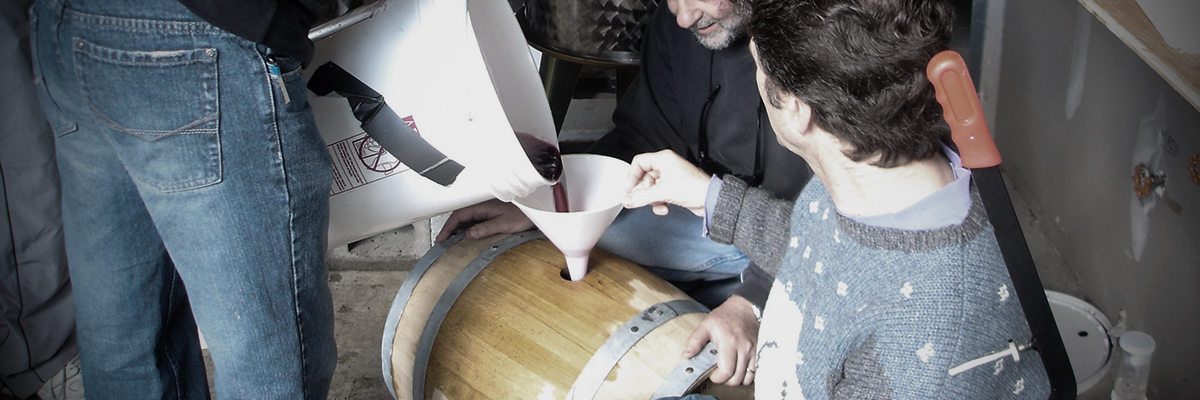Websites are a two dimensional medium. They exist on a screen or on a phone or a tablet. Even as technology innovators work hard to add movement through the likes of video and animation, the fact is that websites do not capture the nuance and detail of a face-to-face conversation.
In order to connect with customers, there are many ways organizations work to overcome this obstacle. They use the science behind graphic design, choosing color and shapes to create logos and icons that use symbolism to communicate messages. They will use the strategic organization of content, designed to guide a user through a story towards a desired action. There is the work to develop trust and a relationship with customers outside of the web sphere. Customer satisfaction and trust are proven to shape a customer’s perception of brands and their products, online and off.
And there is a very sophisticated tool that is often overlooked by small business owners: brand voice.
Brand voice is the style and personality used in communications. It is a constant personality and tone that a customer can recognize. KFC is irreverent and quirky. Nike is confident and edgy. T-Mobile is rebellious and innovational.
Distilling your company and its mission to two words can seem like a Herculean task. When you are a small business owner dividing your time between inventory management, financial statements and employee hiring, creating a brand voice will often fall to the bottom of the to-do list. So we work with our clients to find a way to leverage their current work to discover their brand voice. It often comes down to a secret weapon: their community.
Our suggestion: be mindful of how you interact with your community. You will hear your voice when you discuss your passion with your peers.

Community as a mirror
Using your community as a mirror to find your brand voice might be a novel idea, but the benefits of participating in a community are well known. There are research papers on top of research papers documenting how having a strong community around you yields incredible dividends.
- A community provides the energy and support to innovate.
- Being part of a community allows for the development of authentic mentorship relationships.
- Regular participation in a community creates continuous opportunities to practice public speaking and refine your message.
One of the best ways I have demonstrated this to my clients is to tell the story of my garage winery. In 2005, my husband and some friends decided to become hobby wine makers. One correspondence course later, my garage was turned into a tiny winery. We had grape presses and barrels and fruit pulp and fruit flies. We had four partners, with full family participation. This bevy of activity was one of the most energizing in our lives. Pretty soon, our friends were dropping by twice a day to stir the grapes as they fermented. We had friends-of-friends drop by to help with the process, and to learn. We celebrated bottling by grilling some steaks at the top of my driveway. What had started as a flowchart on a piece of paper became a multi-faceted experience that was transformative for our entire family.
What we didn’t expect was how it would connect us to the world beyond our garage. We didn’t know that local elementary school PTA president was doing the same thing but on a much larger scale. We forged a new connection with him. We didn’t know that one of the original assistant wine makers at Chateau Ste Michelle lived half a mile away, and was happy to consult with us. Another connection was made.
We soon learned that the wine industry in Washington State is one of the most collaborative industries we have ever been a part of. Full commercial wineries were more than happy to tack our small grape order on to their fall inventory. Before I knew it, I had my wine-pouring license and was working in a tasting room on the weekends.
Tapping your community to hone your voice
Our wine making experiment linked us to others with the same passion, which made our humble hobby wine better but also connected us to an entire region. It helped distill in me, personally, how much I value innovation. It marked the point when I re-evaluated the direction of Bombastic, and cemented my passion for supporting small businesses.
So here’s our suggestion to our clients: as you interface with your community, brainstorming and chatting, notice what messages resonate. Even as you talk with peers that some might consider a competitor, you will notice how your focus and emphasis differs.
Write these observations down, either as notes to your style guide or a simple post-it note on your computer. Have your brand voice notes handy so that you can consistently employ them as you write. Your social media accounts, your website, and your email newsletters should all employ the same brand voice.
It will be a subtle but powerful way to communicate who you are and how your passion comes to life. And it will allow your branding strategy to permeate your communications.


